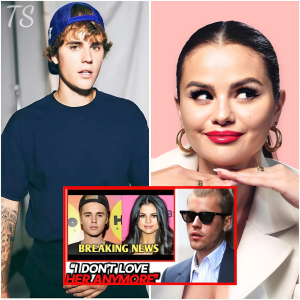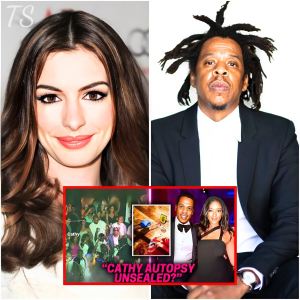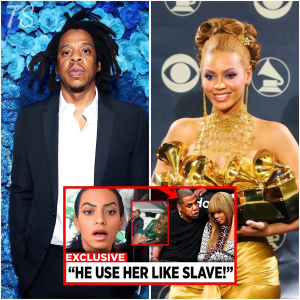Beyoncé and Jay-Z’s daughter, Blue Ivy Carter, has once again found herself at the center of a media storm, this time due to her attire at a recent red carpet event. The 12-year-old made her acting debut voicing Kiara in the upcoming film “Mufasa: The Lion King.” For the occasion, she wore a stunning gold strapless gown by designer Christian Siriano, which sparked a heated debate online about appropriateness and the pressures faced by young girls, particularly those in the spotlight.
Critics quickly took to social media, branding Blue Ivy’s outfit as wildly inappropriate for her age, suggesting that her parents were dressing her like an adult. Comments such as, “how about we don’t put a 12-year-old in a push-up bra” highlighted the concerns many had about the message this sends to young girls. Some expressed that despite her beauty, the gown was too mature for someone so young, emphasizing the need to protect children from adult scrutiny.

However, supporters of Blue Ivy argued that the dress was fitting for a special occasion and pointed out that similar styles are often worn by young girls dressing up as Disney princesses. They noted the double standards in societal reactions, recalling instances when young white celebrities wore similar gowns without facing the same level of criticism. This led to discussions about the unfair scrutiny that Blue Ivy has faced since birth, from her appearance to her accomplishments.
The controversy surrounding Blue Ivy’s outfit coincided with a tumultuous time for her father, Jay-Z, who is currently embroiled in a lawsuit involving serious allegations. Some speculated that Beyoncé may have chosen this moment to dress Blue Ivy in a way that would distract from the unfolding drama. However, many argue that this attempt at distraction backfired, drawing even more attention to the allegations against Jay-Z.
The incident has reignited conversations about the hypersexualization of young girls, particularly Black girls, and the societal pressures they face. Advocates emphasize the importance of protecting children from the adult world, while also acknowledging their right to express themselves through fashion.
As the debate continues, it raises essential questions about the responsibilities of celebrities in shaping perceptions of childhood and femininity. Is it fair to hold parents like Beyoncé and Jay-Z to a different standard, or should society reconsider its views on how young girls express themselves? Whatever the case may be, the conversation sparked by Blue Ivy’s gown is far from over, and it serves as a reminder of the complexities surrounding fame, family, and the innocence of youth.
As fans and critics alike weigh in, the consensus seems to be that Blue Ivy deserves support and protection as she navigates her childhood in the public eye. The hope is that this dialogue will promote a more inclusive and understanding environment for all children, regardless of their background or family status.





